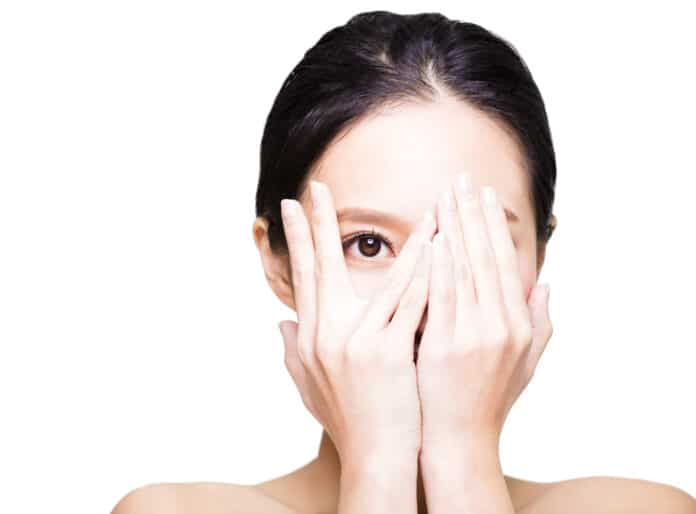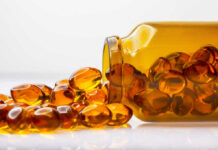
Your eye has lots of tiny oil glands, especially around your eyelids. This can lead to dead skin and dirt buildup, resulting in stye. This article teaches you about styes and how you can treat them.
What Is a Stye?
An external stye is a blockage that forms on the outside edge of the eyelid. It can also be internal and form inside the eyelid under the edge. Symptoms of a stye include:
● Increased tear production
● Pain and swelling
● Soreness and itchiness
● A crust that forms around your eyelid
6 Top Stye Remedies
If you want to speed up your healing process for styles, here are two 6-stye remedies:
Use a warm compress
A warm compress helps bring the pus to the surface and dissolves it, allowing the stye to drain naturally. Wet a clean washcloth and gently place it over your eye for 10 to 15 minutes.
Use OTC medications
You can take over-the-counter pain medications like acetaminophen (Tylenol) and ibuprofen (Advil). However, you need to follow the instructions to ensure you take the correct dose.
Clean your eyelid with mild soap and water.
Dr. Michelle Green, a New York-based cosmetic dermatologist, said you should avoid harsh, synthetic chemicals when you clean your eye. Instead, she said you should go with non-irritating and hypoallergenic ingredients.
She recommends using OCuSOFT to cleanse eyelids because it’s effective against bacteria found on the eyelid.
Massage the area to promote drainage.
You can massage the area with lid wipes to promote drainage. Massage the area gently with clean hands. After the stye drains, keep the area clean, and avoid touching your eyes.
Avoid wearing makeup and contact lenses.
If you have a stye, you need to avoid wearing makeup. This is because it can irritate your eye more and delay your healing process.
If you wear contact lenses, use glasses until your stye heals. This will prevent bacteria from the stye from getting onto the contacts and spreading the infection.
Get treatment from your doctor.
If the stye is causing you serious pain and interfering with your daily activities, visit your doctor.
They can prescribe an antibiotic ointment known as erythromycin, which you will apply for 7 to 10 days.
Conclusion
You need to see a doctor if your stye is not resolved with home remedies or you experience recurring styes. You may have another underlying condition, such as conjunctivitis or cellulitis, with other signs, including growing redness around the stye or inflammation in the eye area without a visible bump.



















